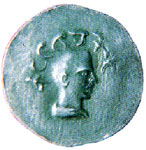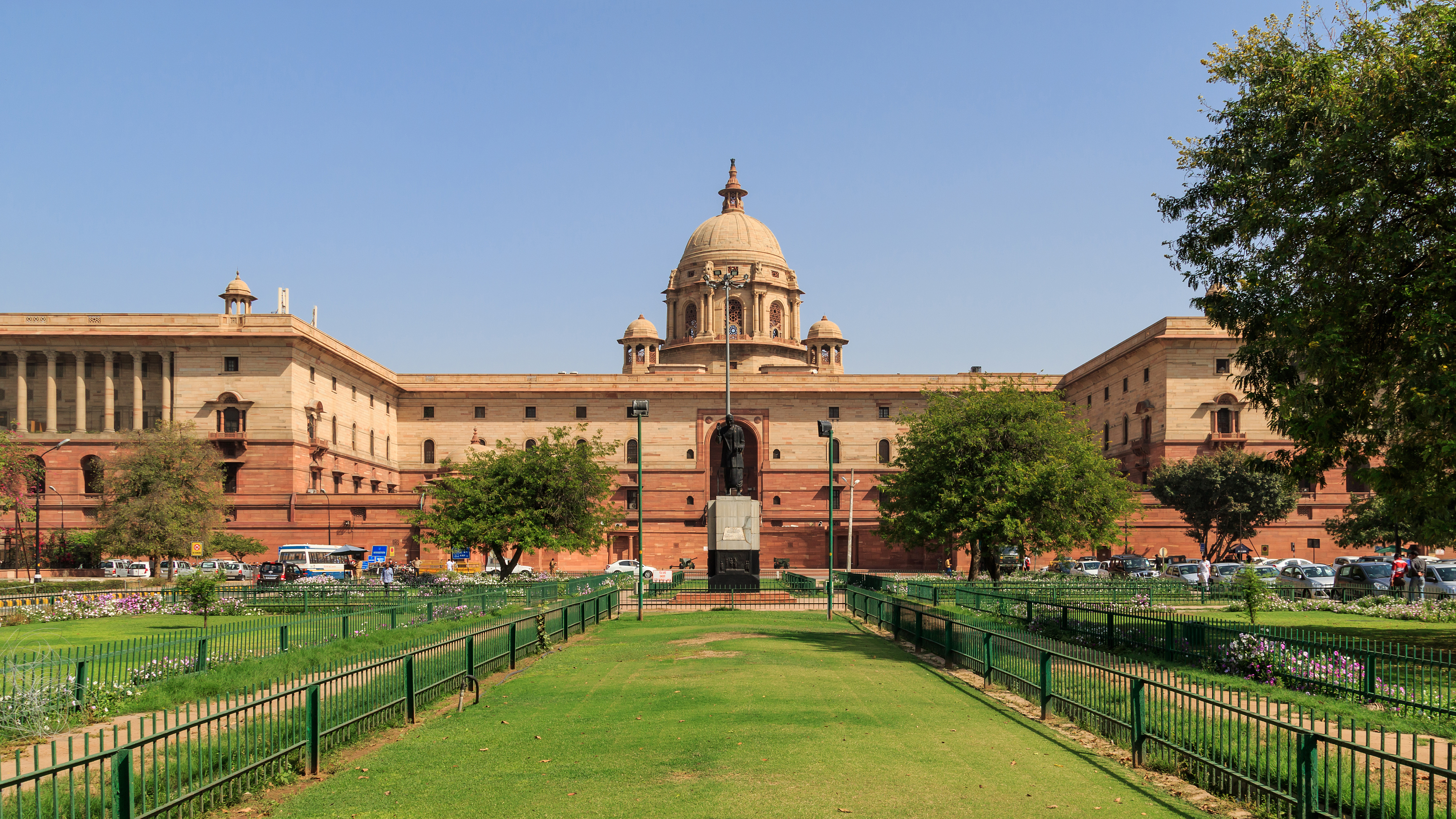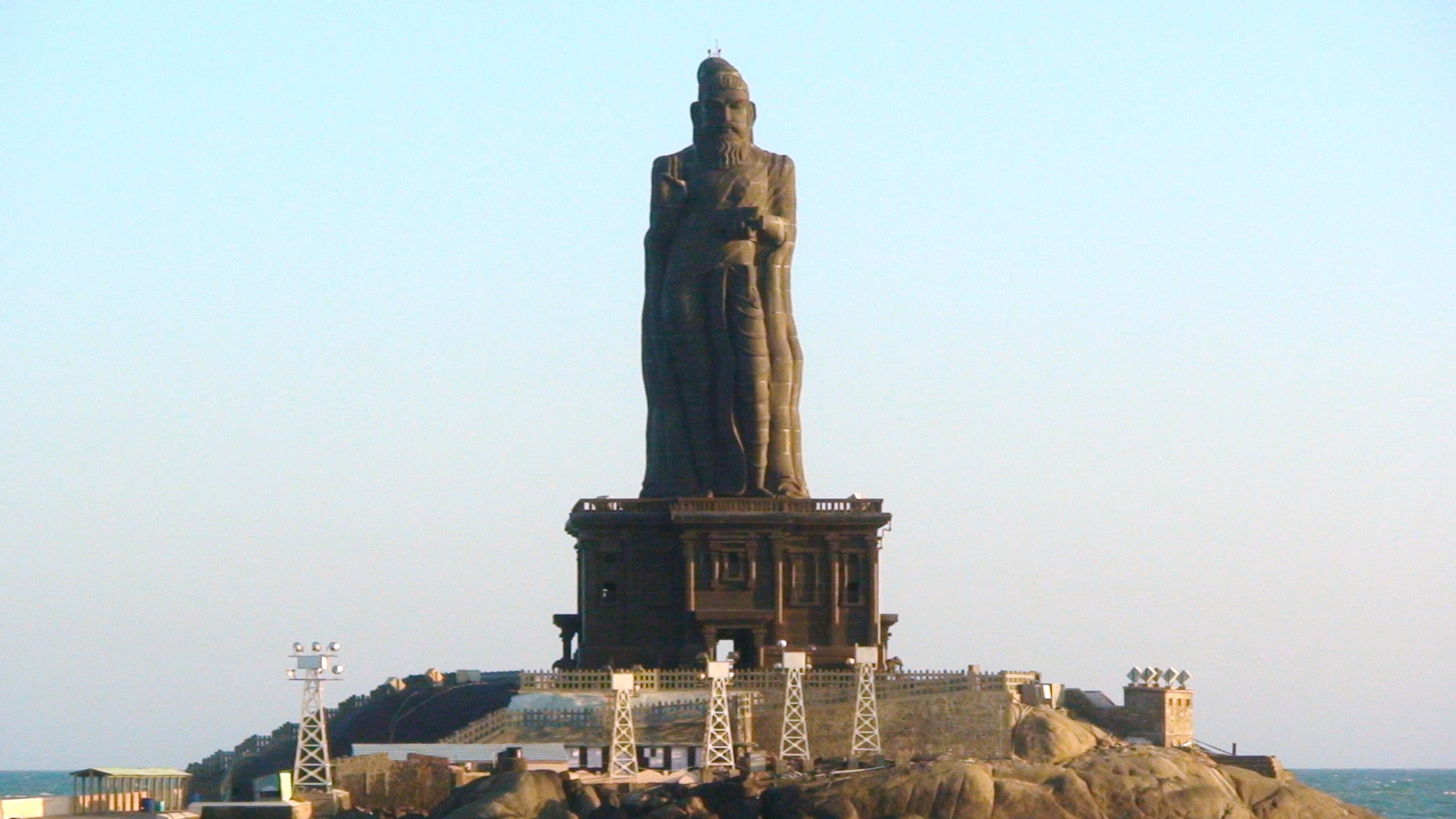|
Nedum Cheralathan
Nedum Cheralathan (fl. c. 155 CE, title "Imayavarampan") was a Chera ruler from early historic south India (c. 1st - 4th century CE), noted for his interactions with the Yavanas (the Greco-Roman navigators) on the Malabar Coast. He likely belonged to the Muchiri-Karur branch of the Chera dynasty. He is praised in the Second Ten of Pathitruppathu Collection, composed by poet Kannanar. In return for his work, the poet was generously rewarded with 500 settlements in a region called "Umbar Kadu" (believed to be in present-day Kerala) and a share of the revenue from the thennadu ("the southern country") for 38 years. According to these poems, Nedum Cheralathan ruled the Chera country for 58 years. Nedum Cheralathan was born to his predecessor, Uthiyan Cheralathan, and his wife Venmal Nallini, the daughter of Veliyan—who is possibly also identified as the father of the Ay chieftain Eyinan. Some accounts suggest that before Nedum Cheralathan ascended the throne, Uthiyan Cheral ... [...More Info...] [...Related Items...] OR: [Wikipedia] [Google] [Baidu] |
Chera Dynasty
The Chera dynasty ( or Cēra, ), also known as Keralaputra, from the early historic or the Sangam period in Tamil-speaking southern India, ruled over parts of present-day states Kerala and Tamil Nadu. The Cheras, known as one of the mu-ventar (the Three Crowned Kings) of Tamilakam (the Tamil Country) alongside the Cholas and Pandyas, have been documented as early as the third century BCE. The Chera country was geographically well placed at the tip of the Indian peninsula to profit from maritime trade via the extensive Indian Ocean networks. Exchange of spices, especially black pepper, with Middle Eastern or Graeco-Roman merchants is attested to in several sources. Chera influence extended over central Kerala and western Tamil Nadu until the end of the early historic period in southern India. The Cheras of the early historical period (c. second century BCE – c. third/fifth century CE) had their capital in interior Tamil country ( Vanchi-Karur, Kongu Nadu), and ports/capit ... [...More Info...] [...Related Items...] OR: [Wikipedia] [Google] [Baidu] |
Himalayas
The Himalayas, or Himalaya ( ), is a mountain range in Asia, separating the plains of the Indian subcontinent from the Tibetan Plateau. The range has some of the Earth's highest peaks, including the highest, Mount Everest. More than list of highest mountains on Earth, 100 peaks exceeding elevations of above sea level lie in the Himalayas. The Himalayas abut on or cross territories of Himalayan states, six countries: Nepal, China, Pakistan, Bhutan, India and Afghanistan. The sovereignty of the range in the Kashmir region is disputed among India, Pakistan, and China. The Himalayan range is bordered on the northwest by the Karakoram and Hindu Kush ranges, on the north by the Tibetan Plateau, and on the south by the Indo-Gangetic Plain. Some of the world's major rivers, the Indus River, Indus, the Ganges river, Ganges, and the Yarlung Tsangpo River, Tsangpo–Brahmaputra River, Brahmaputra, rise in the vicinity of the Himalayas, and their combined drainage basin is home to some 6 ... [...More Info...] [...Related Items...] OR: [Wikipedia] [Google] [Baidu] |
People From The Chera Kingdom
The term "the people" refers to the public or common mass of people of a polity. As such it is a concept of human rights law, international law as well as constitutional law, particularly used for claims of popular sovereignty. In contrast, a people is any plurality of persons considered as a whole. Used in politics and law, the term "a people" refers to the collective or community of an ethnic group or nation. Concepts Legal Chapter One, Article One of the Charter of the United Nations states that "peoples" have the right to self-determination. Though the mere status as peoples and the right to self-determination, as for example in the case of Indigenous peoples (''peoples'', as in all groups of indigenous people, not merely all indigenous persons as in ''indigenous people''), does not automatically provide for independent sovereignty and therefore secession. Indeed, judge Ivor Jennings identified the inherent problems in the right of "peoples" to self-determination, as i ... [...More Info...] [...Related Items...] OR: [Wikipedia] [Google] [Baidu] |
Chola Dynasty
The Chola dynasty () was a Tamil dynasty originating from Southern India. At its height, it ruled over the Chola Empire, an expansive maritime empire. The earliest datable references to the Chola are from inscriptions dated to the 3rd century BCE during the reign of Ashoka of the Maurya Empire. The Chola empire was at its peak and achieved imperialism under the Medieval Cholas in the mid-9th century CE. As one of the Three Crowned Kings of Tamilakam, along with the Chera and Pandya, the dynasty continued to govern over varying territories until the 13th century CE. The heartland of the Cholas was the fertile valley of the Kaveri River. They ruled a significantly larger area at the height of their power from the latter half of the 9th century till the beginning of the 13th century. They unified peninsular India south of the Tungabhadra River and held the territory as one state for three centuries between 907 and 1215 CE. K. A. Nilakanta Sastri, ''A History of South In ... [...More Info...] [...Related Items...] OR: [Wikipedia] [Google] [Baidu] |
Graeco-Roman
The Greco-Roman world , also Greco-Roman civilization, Greco-Roman culture or Greco-Latin culture (spelled Græco-Roman or Graeco-Roman in British English), as understood by modern scholars and writers, includes the geographical regions and countries that culturally—and so historically—were directly and intimately influenced by the language, culture, government and religion of the Greeks and Romans. A better-known term is classical antiquity. In exact terms the area refers to the "Mediterranean world", the extensive tracts of land centered on the Mediterranean and Black Sea basins, the "swimming pool and spa" of the Greeks and the Romans, in which those peoples' cultural perceptions, ideas, and sensitivities became dominant in classical antiquity. That process was aided by the universal adoption of Greek as the language of intellectual culture and commerce in the Eastern Mediterranean and of Latin as the language of public administration and of forensic advocacy, espec ... [...More Info...] [...Related Items...] OR: [Wikipedia] [Google] [Baidu] |
Yona
The word Yona in Pali and the Prakrits, and the analogue Yavana in Sanskrit, were used in Ancient India to designate Greek speakers. "Yona" and "Yavana" are transliterations of the Greek word for "Ionians" (), who were probably the first Greeks to be known in India. Both terms appear in ancient Sanskrit literature. ''Yavana'' appears, for instance, in the ''Mahabharata'', while ''Yona'' appears in texts such as the Sri Lankan chronicle '' Mahavamsa''. The Yona are mentioned in the Ashoka inscriptions, along with the Kambojas, as two societies where there are only nobles and slaves. Examples of direct association of these terms with the Greeks include: * The mention of the "Yauna" in the Persepolis Administrative Archives (550–333 BC). * The mention of the "Yona king Aṃtiyoka" in the Edicts of Ashoka (280 BCE) * The mention of the "Yona king Aṃtalikitasa" in the Heliodorus pillar in Vidisha (110 BCE) * King Milinda and his bodyguard of "500 Yonas" in the Milind ... [...More Info...] [...Related Items...] OR: [Wikipedia] [Google] [Baidu] |
Kadamba Dynasty
The Kadamba dynasty were an ancient royal family from modern Karnataka, India, that ruled northern Karnataka and the Konkan from Banavasi in present-day Uttara Kannada, Uttara Kannada district in India. The kingdom was founded by Mayurasharma in , and at later times showed the potential of developing into imperial proportions. An indication of their imperial ambitions is provided by the titles and epithets assumed by its rulers, and the marital relations they kept with other kingdoms and empires, such as the Vakataka dynasty, Vakatakas and Gupta Dynasty, Guptas of North India, northern India. Mayurasharma defeated the armies of the Pallavas of Kanchi possibly with the help of some native tribes and claimed sovereignty. The Kadamba power reached its peak during the rule of Kakusthavarma. The Kadambas were contemporaries of the Western Ganga dynasty and together they formed the earliest native kingdoms to rule the land with autonomy. From the mid-6th century the dynasty con ... [...More Info...] [...Related Items...] OR: [Wikipedia] [Google] [Baidu] |
New Delhi
New Delhi (; ) is the Capital city, capital of India and a part of the Delhi, National Capital Territory of Delhi (NCT). New Delhi is the seat of all three branches of the Government of India, hosting the Rashtrapati Bhavan, New Parliament House, New Delhi, Sansad Bhavan, and the Supreme Court of India, Supreme Court. New Delhi is a Municipal governance in India, municipality within the NCT, administered by the New Delhi Municipal Council (NDMC), which covers mostly Lutyens' Delhi and a few adjacent areas. The municipal area is part of a larger List of districts in India, administrative district, the New Delhi district. Although colloquially ''Delhi'' and ''New Delhi'' are used interchangeably to refer to the National Capital Territory of Delhi, both are distinct entities, with the municipality and the New Delhi district forming a relatively small part within the megacity of Delhi. The National Capital Region (India), National Capital Region is an even larger entity, compris ... [...More Info...] [...Related Items...] OR: [Wikipedia] [Google] [Baidu] |
Longman
Longman, also known as Pearson Longman, is a publisher, publishing company founded in 1724 in London, England, which is owned by Pearson PLC. Since 1968, Longman has been used primarily as an imprint by Pearson's Schools business. The Longman brand is also used for the Longman Schools in China and the ''Longman Dictionary of Contemporary English, Longman Dictionary''. History Beginnings The Longman company was founded by Thomas Longman (1699–1755), Thomas Longman (1699 – 18 June 1755), the son of Ezekiel Longman (died 1708), a gentleman of Bristol. Thomas was apprenticed in 1716 to John Osborn, a London bookseller, and at the expiration of his apprenticeship married Osborn's daughter. In August 1724, he purchased the stock and household goods of William Taylor (bookseller), William Taylor, the first publisher of ''Robinson Crusoe'', for 9s 6d. Taylor's two shops in Paternoster Row, London, were known respectively as the ''Black Swan (St. Paul's Churchyard), Bl ... [...More Info...] [...Related Items...] OR: [Wikipedia] [Google] [Baidu] |
Kanyakumari
Kanyakumari (Tamil; / kəɳjɑkʊmɑɾiː/; referring to Devi Kanya Kumari, officially known as Kanniyakumari, formerly known as Cape Comorin) is a town and a municipality in Kanyakumari district in the state of Tamil Nadu, India. It is the southernmost tip of the contiguous Indian subcontinent and the southernmost city in mainland India, and thus it is informally referred to as "The Land's End". Kanyakumari town is about from Thiruvananthapuram and south of Nagercoil, the headquarters of Kanyakumari district. Kanyakumari is a popular tourist destination and pilgrimage centre in India. Notable tourist spots include its unique sunrise and sunset points, the '' Thiruvalluvar Statue'', and Vivekananda Rock Memorial off the coast. Lying at the tip of peninsular India, the town is bordered on the west, south, and east by the Laccadive Sea. It has a coastline of stretched along these three sides. On the shores of the city is a temple dedicated to the goddess Kanya Kumari ... [...More Info...] [...Related Items...] OR: [Wikipedia] [Google] [Baidu] |
Chenkuttuvan
Chenkuttuvan (c. 180 CE, literally 'the Righteous Kuttuvan'), title Kadal Pirakottiya, identified with Kadalottiya Vel Kezhu Kuttuvan, was the most celebrated Chera ruler of early historic South India. He is also mentioned in Chilappathikaram, the Tamil epic poem purportedly composed by the Chera prince Ilanko Adikal''.'' Chenkuttavan is eulogized by the poet Paranar in the fifth decade of the Pathitrupathu Collection, part of the Ettuthokai anthology of early Tamil literature. He was likely a member of the Muchiri-Karur branch (associated with present-day central Kerala) of the Chera dynasty. During his reign, the Chera territory encompassed the Malabar Coast (present-day Kerala) and the interior Kongu country (western Tamil Nadu). The influx of Yavana (Greco-Roman) gold into south India through the Indian Ocean spice trade during Chenkuttavan's reign is memorably described in ancient Tamil poems. According to Fifth Decade, Pathitrupathu, Chenkuttavan achieved a major ... [...More Info...] [...Related Items...] OR: [Wikipedia] [Google] [Baidu] |







